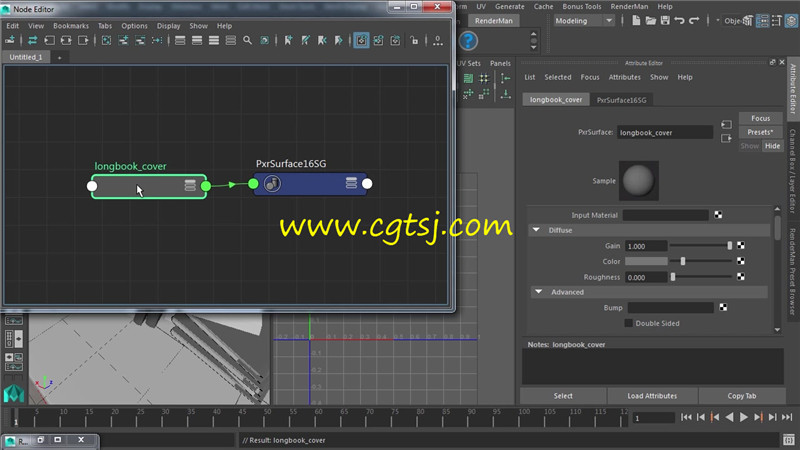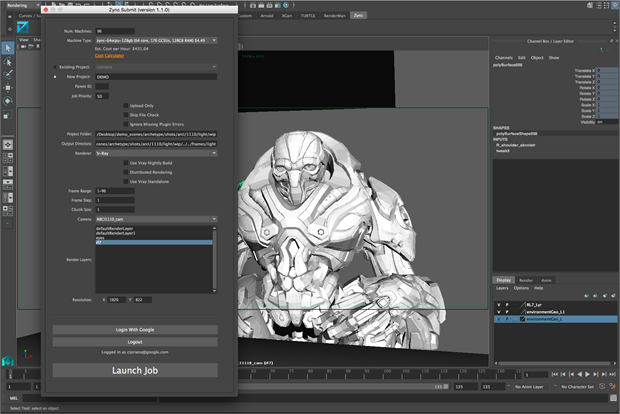
This split was done to better support physically-based materials and realistic light transport. “Instead of the programmable shaders written in RSL, the old school RenderMan Shading Language that handled both material properties and controlled the tracing of rays, with RIS, we split the shaders into programmable integrators to handle light transport (ray tracing and global illumination), Bxdfs calculating surface reflection, and patterns to define surface parameters such as diffuse albedo, specular reflection and transmission coefficients, and transparency.
Renderman maya 2016 software#
More recently, RenderMan was re-written as a path tracer via a new ‘RIS’ architecture, as principal software developer Per Christensen describes. It has had 27 major and 56 minor public releases in the past 30 years, with notable extensions enabling ray tracing for accurate specular reflections and shadows, ambient occlusion, distribution ray tracing, and point-based global illumination. Like other renderers, RenderMan is typically in a state of continuous development. RenderMan became somewhat of a household name when Pixar’s Toy Story, the first feature-length computer-animated film, was released in 1995 (at the time it took an average of seven hours to render one frame for the film in the renderer).ĭirecting animator Rich Quade during production on Toy Story. The name ‘RenderMan’ was coined out of a conversation that founding Pixar employee Pat Hanrahan had about futuristic rendering software that was so tiny it could fit inside a pocket, a la Sony’s Walkman. It was also the first film to use RenderMan. Tin Toy, the first 3D-computer animated short to win an Academy Award for Best Animated Short Film (in 1989). A year later, Pixar released the first commercial version of the software. The first film to use RenderMan was Tin Toy (1988). Essentially, RenderMan is an implementation of the Reyes algorithm. Cook and Ed Catmull at Lucasfilm’s Computer Graphics Research Group, an entity that would later become Pixar. Reyes (which stands for ‘Renders Everything You Ever Saw’) was developed in the mid-1980s by Loren Carpenter, Robert L.

(Image courtesy of Pixar) From Reyes to RenderManīefore RenderMan, there was the Reyes scanline rendering algorithm. Cook, Thomas Porter, Loren Carpenter, July 1984 ( Proceedings of SIGGRAPH 1984).

A pool ball render appearing in the paper ‘Distributed Ray Tracing’ by Robert L.


 0 kommentar(er)
0 kommentar(er)
